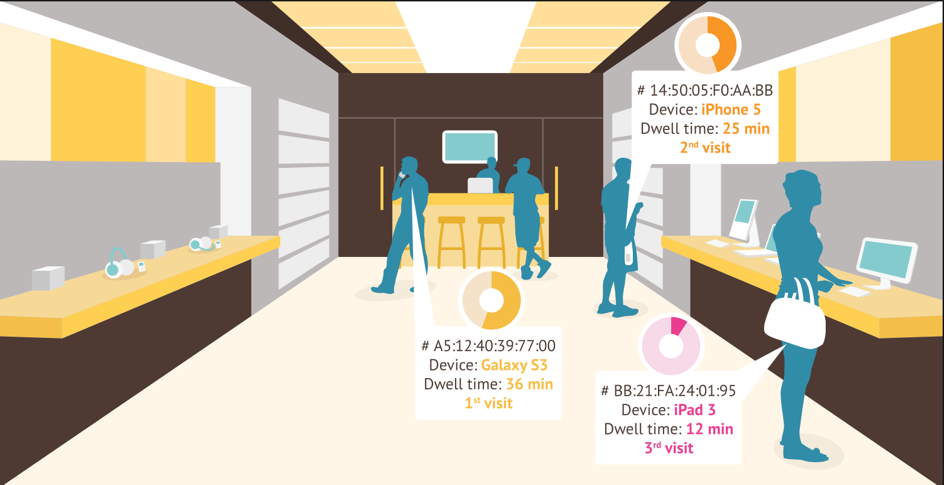“Koen Weijland is the first eGamer in The Netherlands signed on by the Dutch Eredivisie Club Ajax” was the fat headline in an article posted yesterday (29-08-2016) in the Dutch quality newspaper ‘ het NRC Handelsblad’. All over the web, on all television networks and cable channels, and in nation-wide newspapers you hear the term “eSports” this week. You see FIFA tournaments being held on-line, instead of two teams playing normal soccer matches live. In eSports, the gamers are dressed out in their team uniforms, hunched over big HD TV screens. Is eSports the future of video game competitions and entertainment? Or is it the future of soccer? Is this really a fast growing market, and why and where is it so popular?
Lets start to contemplate on the term eSports and where it comes from. eSports (also known as electronic sports, e-sports, competitive (video) gaming, professional (video) gaming, or pro gaming) is a form of competition that is facilitated by electronic systems, particularly video games; the input of players and teams as well as the output of the eSports system are mediated by human-computer interfaces (Hamari, 2016). So much for the theoretical definition. But what about the (virtual) reality of this new branch of FIFA?
The answer is much more astonishing and way bigger than one can or should expect. This week, Newzoo eSports released the latest quarterly update of its Global eSports Market Report. The report shows that eSports’ revenues for 2016 will grow toward $493 million in 2016, up 7% from the $463 million projected at the start of that year. This puts the year-on-year growth at +51.7% (Newzoo, 2016). The image below says it all: you see the expected revenues of this insanely fast growing market.

One of the recent innovations in eSports is the “spectators mode”: you see the game evolving through the eyes of your favourite player. Now you are “in the match and on the ball” and can influence the game as if you were playing the match yourself. And because the “playing field” of eSports is ‘on the web’, large audiences with many people can watch and guide their favourite individual player becoming the man of the match. People all over the world can simply log in, watch their favourite players play or watch for interlude entertainment and expanding game knowledge. But where is the target market? Which group or individuals sharing the same interest is so eager watching their favourite gamers play? The answer is pretty obvious: the biggest audience can be found in Asia-Pacific, where winning and being part of the winning team appeals to the group and individual status. The EU contributes only for 25% of the eSports Audience in 2016.
eSports is also opening a very different door for the current soccer industry in the near future. As software games will be evolving, there is no longer need for actual and live soccer games to be played. Over time all the moves of top individual players will be known and stored in data bases. Characteristics of popular players can be combined in one virtual soccer player. Virtual teams will be formed playing each other in virtual competitions. The software makers will take over and make money from this, because the best programmer will win the games his virtual players will excel in. This will be a not-so-distant threat for the current soccer industry. Soccer 2.0 will emerge.
References
Hamari, Juho; Sjöblom, Max (2016). “What is eSports and why do people watch it?”. Internet Research. doi:10.1108/IntR-04-2016-0085
Global eSports Market Report (2016), Newzoo
Global Esports Market Report: Revenues to Jump to $463M in 2016 as US Leads the Way
eSports: The Future of Video Game Competitions (2016), LA Local BB


